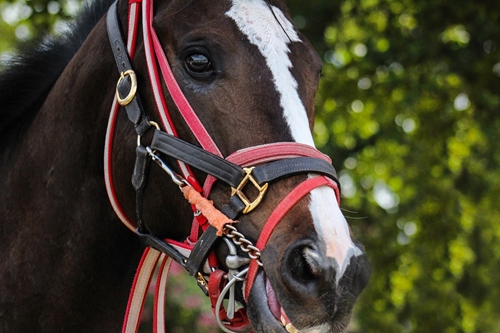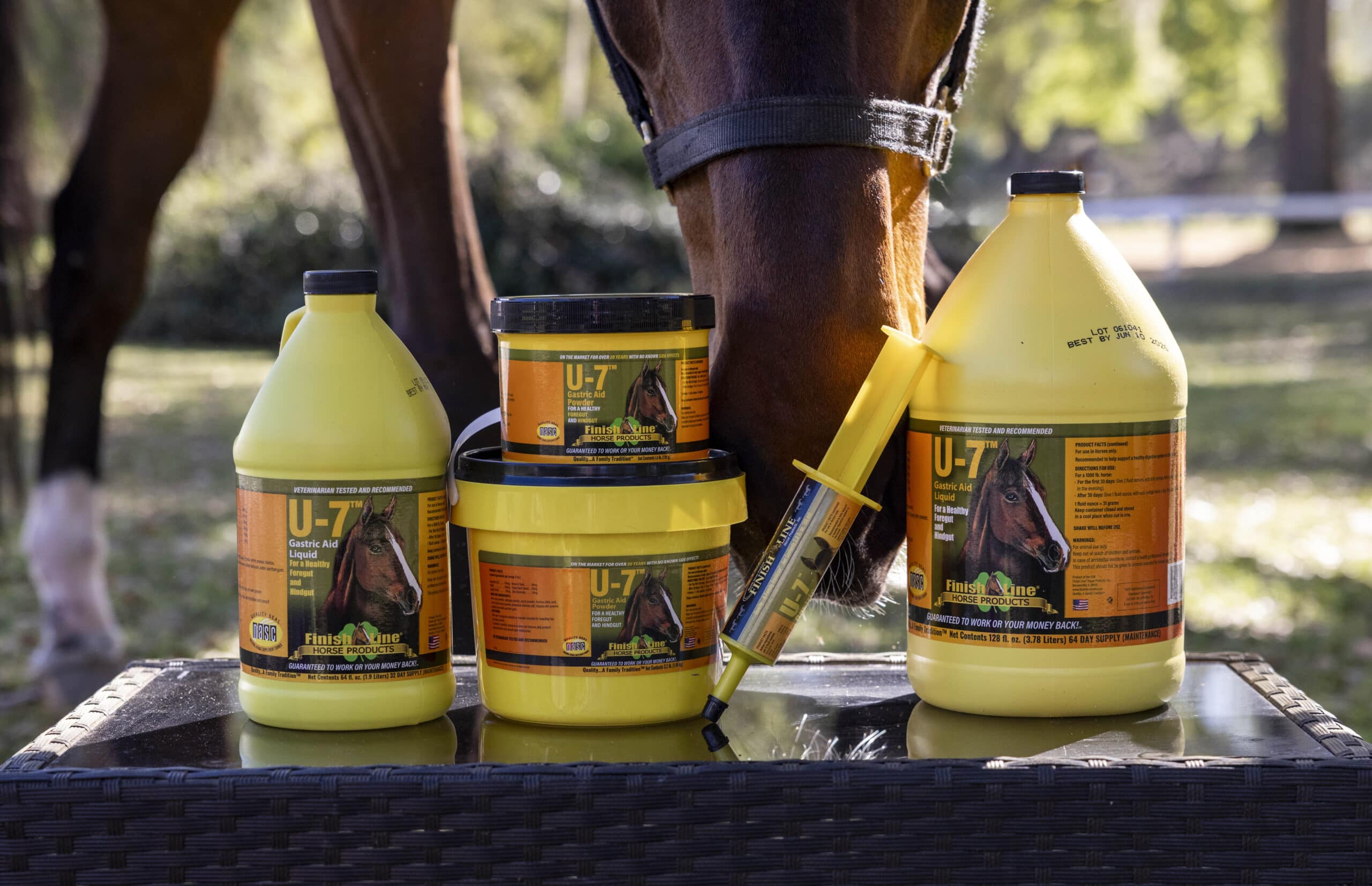Your horse’s muscles are the foundation of its performance, and they need a combination of exercise and the right nutrients for optimum development. According to The Chronicle of the Horse, the proper diet for performance equines ranges between 10 and 12 percent protein. This contributes to the bulk of your horse’s muscles, but supplements and exercise support greater progress.
Supplements for strength
Daily feed supplements like Finish Line’s Muscle Tone contain ingredients designed to support healthy muscle development. One such ingredient, rice bran oil, is a favorite among horse owners and used to promote strength. Rice bran oil contains a substance called gamma oryzanol. Weightlifters and bodybuilders credit gamma oryzanol with better performance.
Interestingly, research from the Universit y Putra Malaysia found gamma oryzanol supplementation didn’t alter muscle mass in humans. Sixteen volunteers received 600 mg supplements after an hour of training four days per week, while 14 received placebos. The study continued for nine weeks, at which time researchers found no physical difference between the two groups. However, those who received the supplement were significantly better at leg curls and bench presses than those given the placebo.
“Wheat germ oil is a great source of omega-3 and omega-6 fatty acids.”
Muscle Tone also contains wheat germ oil, a great source of both omega-3 and omega-6 fatty acids. Horses need these fatty acids to support their metabolism, energy levels and oxygen absorption. In addition, the supplement uses amino acids like methionine to support strong muscles. As TheHorse.com detailed, feeding amino acids after exercise and cool down helps absorption.
“If we can get a concentrated source of high quality amino acids into the horse during this period we can replicate improved recovery and reduced muscle breakdown like we see in humans consuming a product like Muscle Milk after exercise,” Russell Mueller of Cargill Animal Nutrition said at the 2015 American Association of Equine Practitioners Convention, according to TheHorse.com
Exercises for muscle development
Horses can’t succeed on equine supplements alone. They need a foundation of proper muscle tone to utilize these nutrients and perform their best. What’s more, strong muscles support each other and the horse’s spine, allowing for fluid movement and reduced pain.
As Horse Canada discussed, strength in the hindquarters is necessary for powerful propulsion. Try having your horse back up a slight incline or riding over cavaletti to get its rear muscles working. Gluteal stretching to open the pelvis is also beneficial. Just stand carefully behind your horse and rub your fingers down the muscle on both sides of the base of the tail. Gradually increase the pressure until you notice the pelvis tilt and lower back lift.
“Proper core development in horses supports the spine.”
As in humans, proper core development in horses supports the spine. Equines with poor core strength tense their back muscles to avoid the discomfort caused by riders and saddles. To compensate, the horse uses its limbs to move instead of its whole body, and its back becomes less supple over time. To keep this from happening, The Equine Chronicle suggested riding your horse in a small circle to let go of tension and release the sides of the body.
To target the core directly, Horse Canada recommended facing your horse’s side and pressing upward with your fingertips on the middle of its pectoral muscles. Keep the pressure and alternate between spreading and flexing your fingers. You’ll know you’re doing it right when your horse lifts up through the breast bone. Perform the same gesture gradually along the horse’s belly.
By strengthening the core and hindquarters, your horse will have a greater range of motion come showtime. As a final touch, add equine supplements to support strength and maximum performance.








